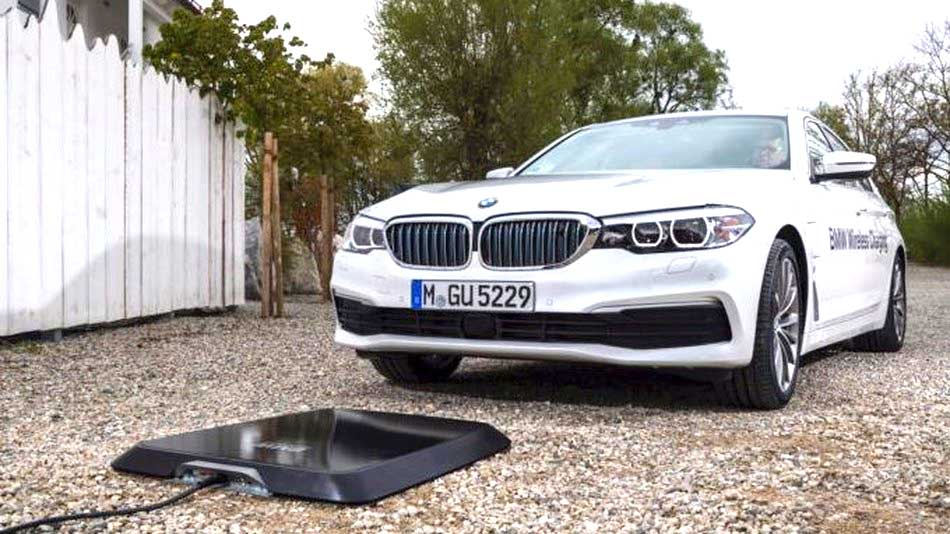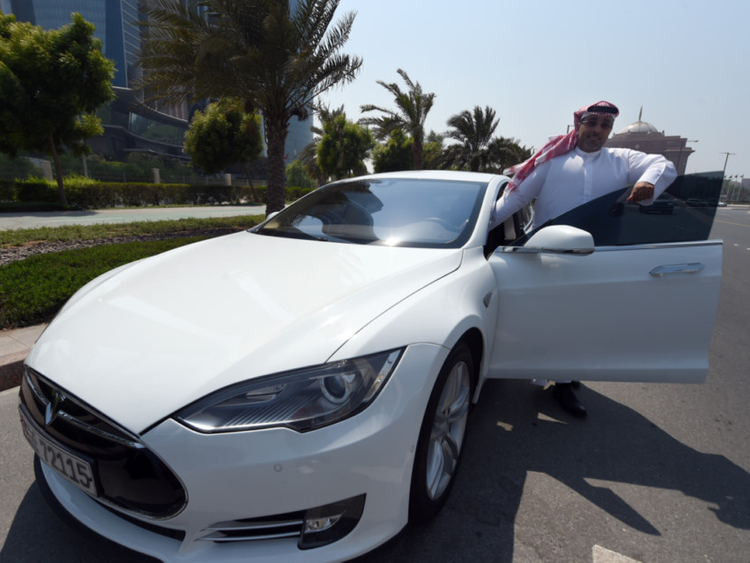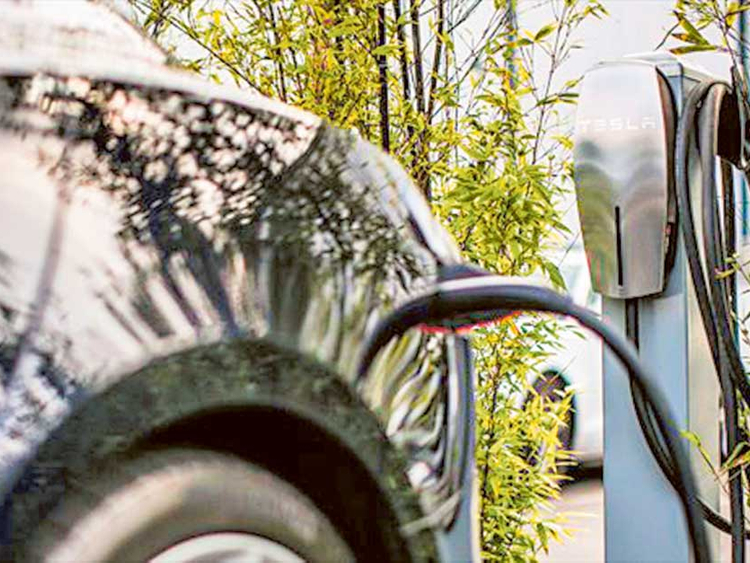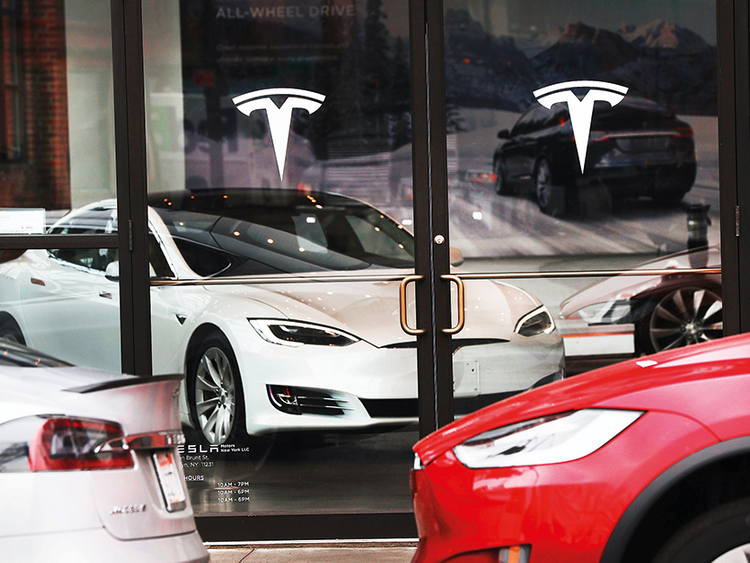Dubai: We've seen wireless charging gear for toothbrushes and some smartphones.
Imagine not having to plug in your electric car — if or when you finally drive one, that is — to a wall socket or fast charger.
Instead, you roll it over a charging pad or towards a charge point, pretty much like charging your smartphone from power pad available off the shelves.
Now, BMW has recently shown wireless chargers are not just for smartphones.
Not just for smartphones
In a 91-second video released on September 22, the German luxury car maker has given a glimpse of how its wireless charging system works.
By 2018, the Munich-based automaker will roll out its cable-free charging for plug-in vehicles — confirming BMW's wireless charging pad system will be first made available on the plug-in 530e iPerformance car.
The charging time for the 530e's 9.2kWh battery pack could take about 3-1/2 hours, said the company.
The driver gets a bird's-eye-view camera alongside a front-facing camera to guide him into place, allowing the car to position the coils right above the charge pad.
BMW said that its 3.7kW wallbox charger will be made available some time next year, though it did not clarify when in 2018 and at what price.
Other carmakers — including Renault, Toyota, Nissan and Tesla — are also working with original equipment manufacturers to perfect the cordless EV chargers and make them as widespread as mobile phone recharge pads.
Less efficient?
The US Department of Energy says that wireless EV charging can be up to 90 per cent efficient, and up to three time the power rating of a conventional charger (a standard household plug, also known as level 1 charging at 120 volts).
Tesla owners, meanwhile, can now also opt to go cordless, thanks to a third-party manufacturer of "Plugless".
The gear, which works through a 7.2kW charger, promises a range of 32 km to 40 km of range per hour of inductive power when used with a Telsa EV.
This means that a full work shift or overnight home charging would potentially give Tesla owners 100 per cent of the 539-km range on the model P100, for example.
Evatran, maker of Plugless, also markets its wireless-charging system for multiple electric-car models, including Leaf, Nissan’s EV.
More interesting than the floor charging pad, however, is the wall-mounted box, which guides the driver to park the car in the optimal position, using a series of illuminated arrows..
How it works
Like their mobile phone counterpart, wireless EV charging system has two main components: an inductive charging pad placed on the garage floor (or parking space), and the charging coils in front or underneath the car.
Wireless charging is based on the principle of magnetic resonance, or Inductive Power Transfer (IPT) — the process of transferring an electrical current between two objects through the use of coils to induce an electromagnetic field.
In the case of EVs, the batteries automatically begin recharging the vehicle once it is in place.
What’s even more interesting is the research conducted by Renault with Qualcomm Technologies and Vedecom.
Their work which kicked off in May explores wireless EV charging at a rate as high as 20 kilowatts (kW) — while the vehicle is running up to 100 km/h.
While charging-on-the-go is still very much in experimental stage, the idea of charging while driving would be the ultimate game-changer, said experts, as it addresses the range anxiety and unmatched convenience.
















